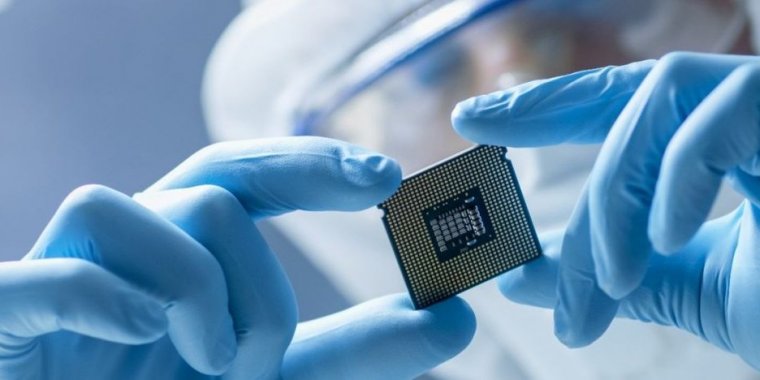| News / Tech News |
New material for computer chips could reduce energy consumption
It’s estimated that the information, communication and technology sector accounts for 5% to 9% of total electricity consumption worldwide.

Research overturns conventional wisdom on the performance of ferroelectric hafnium oxide in computer chips. Photo: Shutterstock/Gorodenkoff
If growth continues unabated, computing could demand up to 20% of the world's power generation by 2030.
With power grids already under strain, engineers at the University of Virginia are investigating a system that will allow the semiconductor industry to co-locate computation and memory on a single chip, reducing energy consumption.
"Right now, we have a computer chip that does its computing activities with a little bit of memory on it," said UVA engineer Jon Ihlefeld. Every time the computer chip wants to talk to the larger memory bank, it sends a signal down the line, and that requires energy.
The longer the distance, the more energy it takes. Today, the distance can be quite far — up to several centimeters.
Direct contact is ideal but requires memory materials that are compatible with the rest of an integrated circuit. One class of materials suitable for memory devices are ferroelectrics, which can hold and release a charge on demand.
However, most ferroelectrics are incompatible with silicon and do not perform well when made very small, a necessity for modern-day and future miniaturized devices.
Members of Ihlefeld's group are interested in hafnium oxide, which is used in the manufacture of cellphones and computers today.
The downside is that in its natural state, hafnium oxide is not ferroelectric. However, over the last 11 years, researchers have observed that hafnium oxide's atoms can be manipulated to produce and hold a ferroelectric phase.
One team member, Samantha Jaszewski, an NSF Graduate Research Fellow, is investigating what contributes to the stability of hafnium oxide's ferroelectric phase and how chip designers can control the material's behavior.
Her research focuses on the atomic makeup of hafnium oxide in its natural and ferroelectric phase, with specific attention on the role of oxygen atoms.
Jaszewski's research overturns conventional wisdom, which suggested that the size of the crystal — called a grain — is what stabilizes the hafnium oxide. Jaszewski made three samples with equal grain sizes and different oxygen vacancy concentrations.
Her research shows that the phases present in these samples varied, leading to the conclusion that oxygen vacancy concentration is more important than grain size.
Ihlefeld said that the team's research "can help semiconductor firms understand the origin of problems and how to prevent them in future production lines." (U.S. National Science Foundation)
YOU MAY ALSO LIKE





